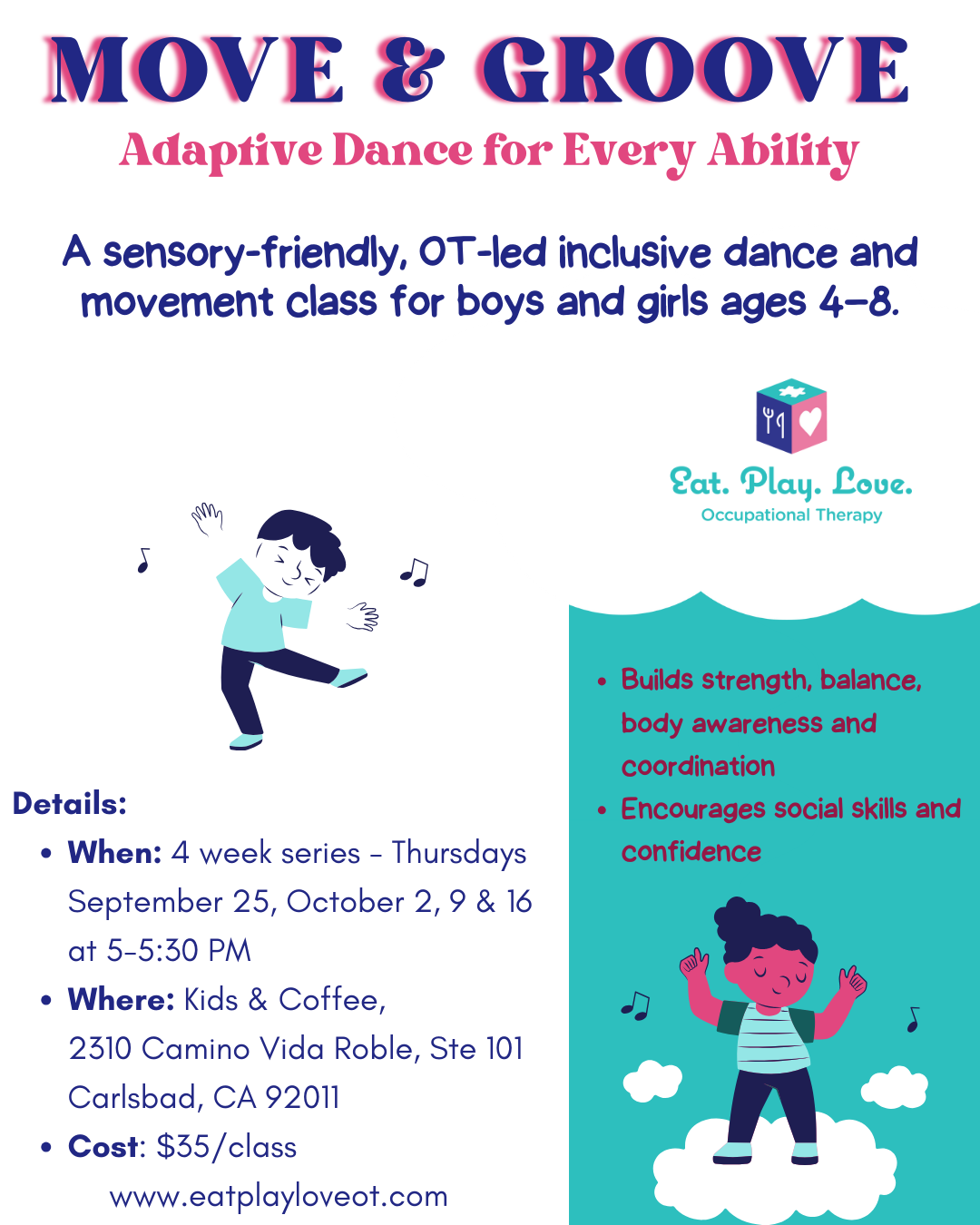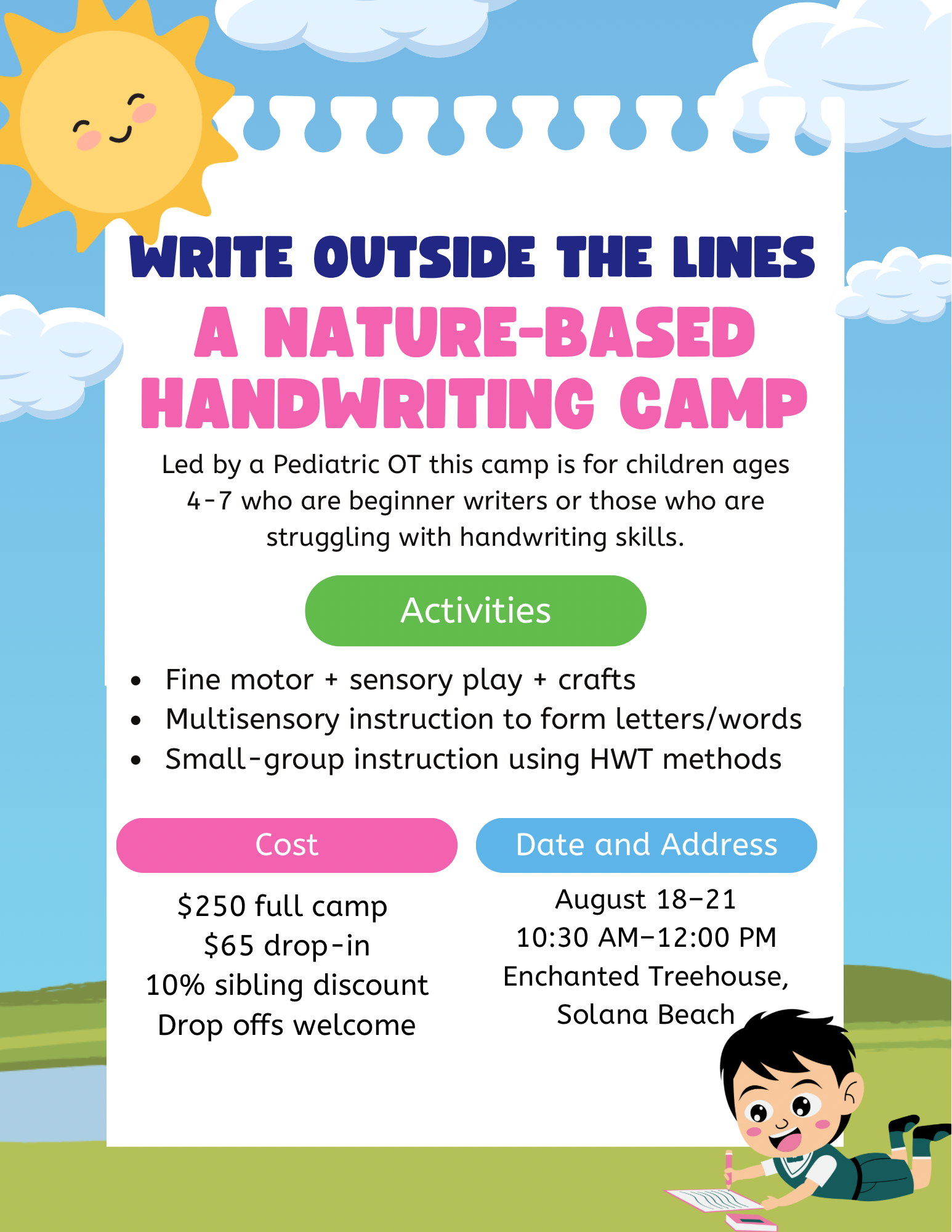Fall Sensory Activities and Pumpkin Patches: Sensory Motor Benefits for Children

Fall is a magical time for children to explore the outdoors and experience the changing season through a sensory lens. As a pediatric occupational therapist, I often recommend fall sensory activities to help kids develop motor skills, regulate their senses, and promote overall developmental growth. Among these activities, pumpkin patches and other autumn-themed experiences offer an incredible array of sensory opportunities. Let's dive into how fall sensory activities, especially those centered around pumpkin patches, can benefit children and support sensory motor development.
Why Sensory Play Is Important
Before jumping into specific activities, it’s essential to understand why sensory play is crucial for children’s growth and development. Sensory play engages multiple senses—touch, sight, sound, taste, and smell—and helps children make sense of their environment. By activating these senses, children improve their sensory processing abilities, which is the brain's capacity to interpret and respond to sensory input.
For children with sensory processing difficulties, activities that engage the senses help with self-regulation, attention, and motor planning. Sensory play can also be an excellent way to encourage social interaction and communication.
Sensory Motor Benefits of Fall Activities
Many traditional fall activities are naturally sensory-rich. These experiences provide opportunities for children to engage in both tactile (touch) and proprioceptive (awareness of body position) inputs, among others. Here are some key sensory motor benefits of engaging in fall-themed activities:
- Improved coordination and motor skills: Activities like pumpkin picking or navigating a corn maze challenge gross motor skills such as balance, coordination, and strength. Handling pumpkins, for example, requires fine motor skills, grip strength, and hand-eye coordination.
- Tactile stimulation: Playing with hay, digging into pumpkin guts, or exploring various textures (leaves, gourds, hay bales) enhances a child’s sense of touch. Children who are tactile-seeking love to explore these textures, while children who are tactile-defensive can gradually become more comfortable with sensory inputs in a fun, non-threatening way.
- Proprioceptive input: Carrying pumpkins, climbing haystacks, or rolling pumpkins offers children proprioceptive input, which helps with body awareness and stability. Children with sensory processing challenges often benefit from heavy work activities like these, as they have a calming and organizing effect on the nervous system.
- Vestibular stimulation: The movement provided by activities such as hayrides or running through a corn maze stimulates the vestibular system, which helps with balance and spatial orientation. This can be especially beneficial for children who crave movement or need help stabilizing their bodies.
Now, let’s explore specific fall activities and their sensory motor benefits.
1. Pumpkin Picking at a Pumpkin Patch
Pumpkin patches are the epitome of fall fun. From picking the perfect pumpkin to wandering around in a field of bright orange, this activity is full of sensory-rich experiences.
- Tactile Benefits: Handling pumpkins of various sizes allows children to feel different textures—smooth on the outside, rough and bumpy in some areas. When carving or scooping out pumpkins, they get to experience the squishy, slimy interior. This can be particularly beneficial for children who struggle with tactile defensiveness, as they’re exposed to new textures in a fun, non-pressured environment.
- Proprioceptive Input: Lifting, carrying, or pushing pumpkins offers great proprioceptive feedback. Children engage their muscles and work on body awareness as they navigate through rows of pumpkins, deciding which one to take home. The act of pushing wheelbarrows or dragging pumpkins also provides heavy work that can help children regulate their sensory needs.
- Visual-Motor Coordination: Selecting a pumpkin requires kids to use their eyes and hands together as they judge size, shape, and weight. This can enhance visual-motor coordination, which is essential for many everyday tasks like writing, cutting, or dressing.
- Problem-Solving Skills: As children explore the patch, they must make decisions about which pumpkin to choose based on its characteristics. This helps with cognitive development and problem-solving, encouraging them to evaluate and compare options.
2. Navigating Corn Mazes
Corn mazes are a classic fall attraction that challenge both cognitive and sensory motor skills.
- Vestibular and Proprioceptive Input: Walking or running through a maze offers great vestibular input as children navigate turns, hills, and uneven ground. Their proprioceptive sense is engaged as they turn corners, backtrack, and make decisions about which direction to go.
- Problem-Solving and Spatial Awareness: Corn mazes promote problem-solving and planning skills as children must navigate through complex paths. This enhances their spatial awareness as they keep track of where they’ve been and where they need to go. For children who struggle with spatial orientation, this can be a beneficial and engaging exercise.
- Social and Communication Skills: Corn mazes often become team activities, where children have to communicate with their friends or family members to find the exit. This encourages social skills like cooperation, turn-taking, and sharing ideas.
3. Hayrides
Hayrides offer sensory experiences without requiring much active participation, making them a calming option for children who may get overstimulated or tired from more active play.
- Vestibular Stimulation: The gentle rocking motion of a hayride provides vestibular input, which can help regulate a child’s sensory system. Children who need extra movement might benefit from this repetitive, rhythmic activity.
- Tactile Exploration: Sitting on hay bales allows for tactile exploration of straw and wood textures. Children can engage their sense of touch as they feel the scratchy surfaces of hay or the rough edges of wooden carts.
- Visual and Auditory Input: Hayrides also offer opportunities for children to enjoy the changing scenery, fall colors, and the sounds of nature. Observing farm animals or passing through fields of crops can stimulate their visual and auditory senses.
4. Leaf Pile Jumping and Exploration
Playing with fallen leaves is another simple yet highly effective fall activity for sensory motor development.
- Tactile Stimulation: Handling, raking, or jumping into piles of leaves gives children opportunities to experience a variety of textures—crunchy, dry leaves versus softer, damp leaves. This tactile input can be a fun way to help children explore new sensations without feeling overwhelmed.
- Proprioceptive Input: Raking leaves or gathering them into piles provides proprioceptive input as children use their muscles to push and pull. Jumping into leaf piles can also offer deep pressure input, which has a calming effect for many children.
- Gross Motor Coordination: Jumping, rolling, or running through piles of leaves enhances gross motor skills by requiring balance, coordination, and strength.
5. Carving and Decorating Pumpkins
Pumpkin carving or decorating is not only a creative activity but also a fine motor workout.
- Fine Motor Development: Carving a pumpkin requires dexterity, hand strength, and hand-eye coordination. Using tools such as knives (with adult supervision) or pumpkin carving kits helps develop fine motor skills, which are essential for tasks like writing or cutting.
- Tactile Exploration: Scooping out the insides of a pumpkin is a great way for kids to experience new textures, from the slimy, slippery seeds to the fibrous flesh of the pumpkin. For children with tactile sensitivities, this can be a fun way to explore new sensations in a non-threatening environment.
- Sensory Creativity: Decorating pumpkins with paint, stickers, or markers gives children an opportunity to express their creativity while also engaging in sensory activities like drawing, squeezing paint tubes, or applying textures to the surface.
6. Apple Picking
Another classic fall activity is apple picking, which is rich in sensory and motor experiences.
- Proprioceptive and Gross Motor Skills: Reaching up to pick apples from trees or climbing small ladders engages the proprioceptive and vestibular systems. These activities also strengthen core muscles and improve balance and coordination.
- Tactile and Visual Input: Feeling the smooth, round surface of apples and sorting through them engages tactile senses. The variety of colors, shapes, and sizes provides rich visual stimulation.
- Problem-Solving: Deciding which apples to pick and judging the best way to reach them enhances problem-solving skills and encourages children to think critically.
Conclusion
Fall sensory activities, especially those centered around pumpkin patches and other outdoor adventures, are not only fun but provide a wealth of sensory motor benefits for children. Whether it’s engaging in tactile play by scooping out pumpkins, building proprioceptive strength through lifting heavy gourds, or developing fine motor skills with pumpkin carving, these activities offer a unique combination of sensory input and motor development opportunities.
As a pediatric occupational therapist, I always encourage families to take advantage of the changing seasons and incorporate sensory-rich activities into their routines. By participating in these fall-themed experiences, children can enhance their sensory processing abilities, develop new motor skills, and most importantly, have fun!
Next time you're at a pumpkin patch, corn maze, or enjoying a hayride, remember that these fall activities are not only enjoyable but are also helping your child grow, learn, and thrive in their sensory development journey.
As a pediatric OT, I offer personalized consultations and sensory-motor support for children of all ages. Interested in learning more about how sensory play can support your child’s development? Contact me today!










